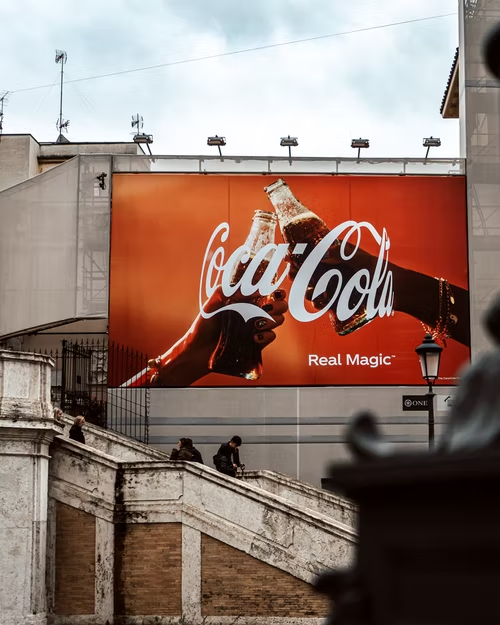Out-of-home (OOH) advertising, also called outdoor advertising, outdoor media, and out-of-home media, is advertising experienced outside of the home.
Obviously it is! One dollar invested in OOH is returned three times over, according to a global assessment titled “Out of Home Advertising Effectiveness and Return of Investment (ROI)”. Because of outdoor advertising, customers see your brand every single day. It raises awareness of your goods or services and boosts sales. Reaching your target audience is ensured by the network of our boards throughout Kenya.
Billboard advertising may seem like a relic from a bygone era, but that’s not far from the truth. Few things get more attention than billboards, with an estimated 71% admitting that they sometimes glance at roadside billboard messages while driving. The reason is that billboards are simple, straightforward, and unobtrusive.
Directed advertising tells potential customers where the product or service being advertised is relevant and how to get there. Visual cues and verbal statements such as ‘Turn right after 100 meters’ are used. The perfect solution for hotels, restaurants, petrol stations and small shops away from main roads.
Outdoor campaigns are measured in many ways…
1. Outdoor campaigns combined with digital marketing strategies create data that proves campaign effectiveness.
2. If the campaign contains a call to action, a successful campaign will demonstrate an increase in key performance indicators (KPIs). Examples of KPIs that can be tracked are an increase in calls received, website traffic, or foot traffic during a campaign.
3. Proof of booking and estimated impression share (determined during the campaign planning process) guarantee the intended reach of the campaign.
Each customer receives a detailed report with posts (often with images), analytics and notes after the campaign is completed.
OOH advertising can play an important role in an effective advertising campaign, largely because it cannot be ignored. The consumer can put down the magazine, close his browser window, pause the TV show, but not remove the billboard. Additionally, an estimated 37% of people say he sees an OOH ad every time he walks past a billboard.
Perhaps the biggest drawbacks of traditional outdoor advertising are:
Space Limits: Bus ads, train ads, or taxi toppers often provide a small canvas that requires flexible and limited design.
Expensive to produce: Traditional billboards can be very expensive to produce physical ads. However, without a tangible end product, digital displays can alleviate some of that burden.
Lack of analytics: In the traditional billboard space, there is no real way to determine how many people saw an ad or who were in the key demographics an advertiser is trying to target.
The ideal OOH campaign should be carefully planned, targeted, and well executed to achieve the desired goals. Successful advertisers should: Set
measurable goals
Maximize your reach with the right technology
formulate a strategy and stick to it
Choose your ideal location or format
Keep your ads clean, simple, and readable
Unlike other forms of advertising that use impressions to determine CPM, DOOH alternatives are generally priced by function, content, and most importantly, location. High-traffic billboards, such as Times Square, are always more expensive than billboards in less conspicuous locations. When making spending decisions, advertisers should evaluate both the cost of running their ads and where they will be most effective.

